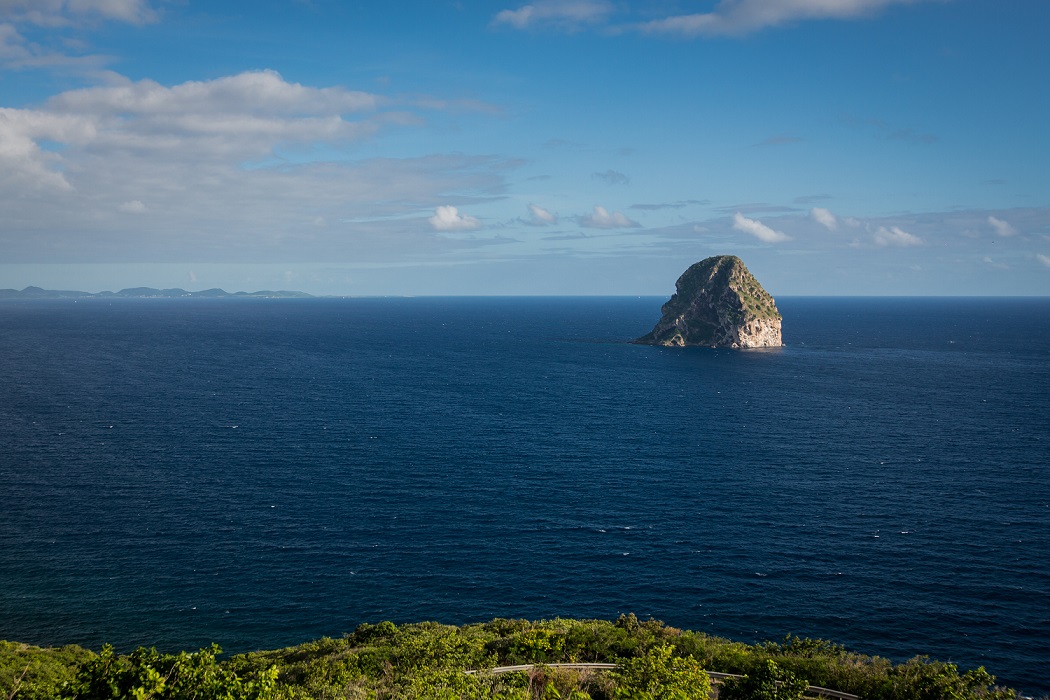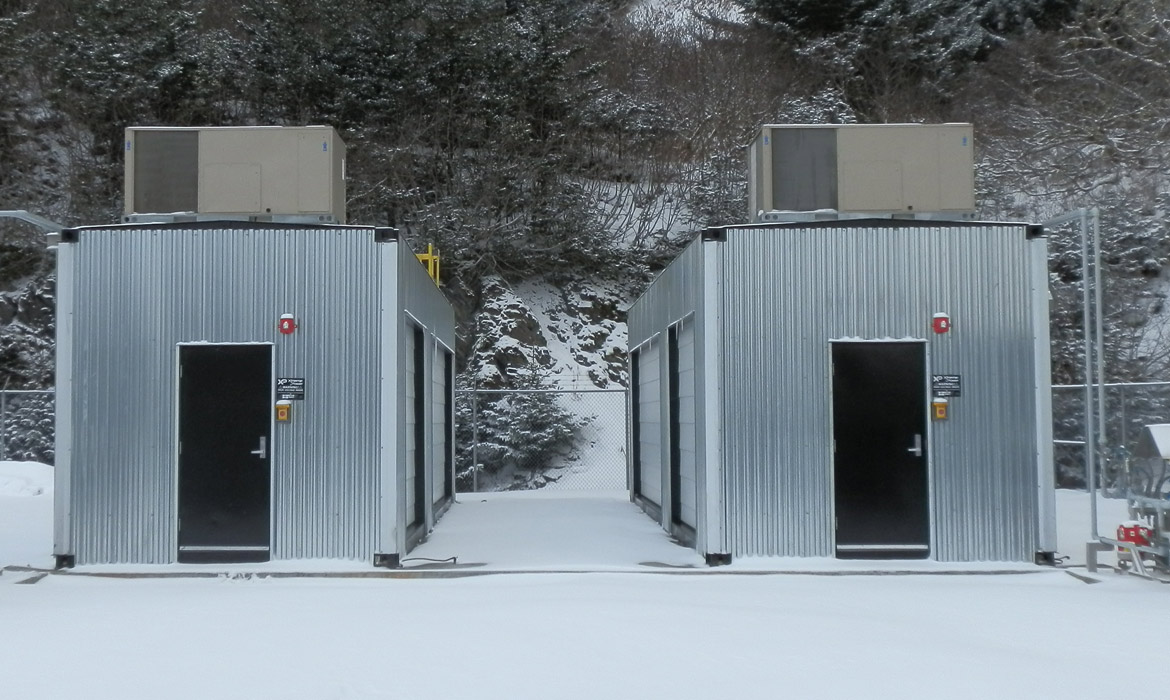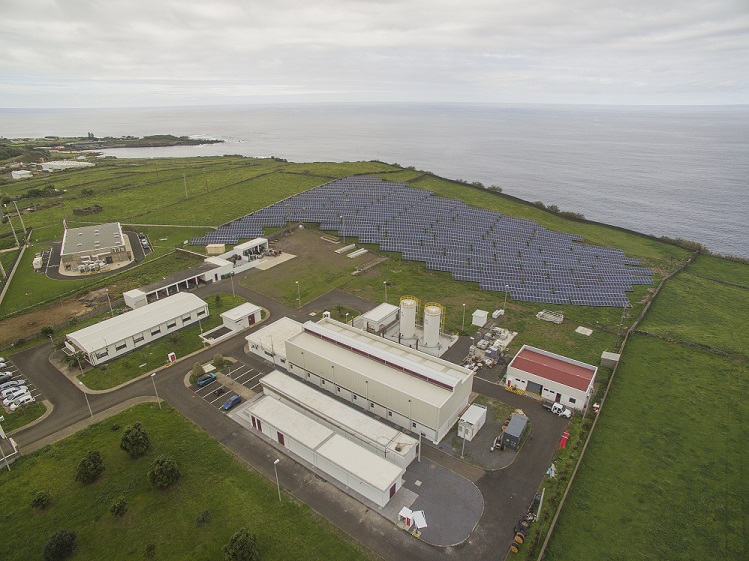It’s been a whirlwind few years for energy storage technologies, with the proliferation of renewable energy around the world and continually falling costs leading to new and innovative business models coming to the fore.
But where front-of-meter, grid-scale batteries have emerged in the last few years, in particular on mainland locations, as well as growing numbers of domestic installations and behind-the-meter applications, one area of deployment has had the perfect conditions for the technology for much longer.
Islands have suffered under conditions imposed by traditional generation and grid technologies for decades. Where coal- and gas-fired power stations offered cheap forms of energy on the mainland, such technologies have come at great cost to island inhabitants.
These locations have been subject to higher energy prices owing to the cost of importing fuels to them, all while suffering from the more acute environmental impacts of burning fossil fuels.
Try Premium for just $1
- Full premium access for the first month at only $1
- Converts to an annual rate after 30 days unless cancelled
- Cancel anytime during the trial period
Premium Benefits
- Expert industry analysis and interviews
- Digital access to PV Tech Power journal
- Exclusive event discounts
Or get the full Premium subscription right away
Or continue reading this article for free
Emanuele Taibi, of the International Renewable Energy Agency’s (IRENA) power sector transformation strategies team, says: “The impact of pollution from fuel transport, storage and combustion is especially evident in a small place. In a densely populated small island the diesel power plant has a significant environmental impact for the delicate ecosystem.”
Combined with weak grid systems, islands have been calling out for an alternative much longer than those on mainland geographies.
At the same time, they have also been far more suited to the benefits of renewables, energy storage and smart systems than larger grids. A study published by IRENA in 2015 of Fiji, the Marshall Islands and Vanuatu found that using the likes of solar, wind, geothermal, marine, biomass and biofuel could lower power generation costs, while improving access to energy and energy independence
The environmental case
As part of their efforts to overcome the polluting presence of traditional generation, many island territories are looking to adopt 100% renewables in the coming years.
John Jung, president and CEO at Greensmith, explained: “People are implementing and transitioning grids from base load generation into intermittent resources very quickly, where you almost want solar and wind to become the new base load.
“As islands or other localised grids get anywhere in excess of 70%, up to 90% renewables, I think you need to start thinking about large quantities of batteries and inverters as well.”
Such ambitious targets can be found on the French island territories, where very ambitious targets would see these islands reach 50% renewable in 2020 and absolute energy independence in 2030.
| Territory | Number of projects | Allocated power (MW) |
|---|---|---|
| Corsica | 20 | 8.4 |
| Guadeloupe | 16 | 15.6 |
| Guyana | 4 | 11.1 |
| La Réunion | 17 | 22.3 |
| Martinique | 4 | 2.5 |
| Mayotte | 6 | 3.4 |

The economic case
These targets have been helped, and in some ways brought about, by the fact that costs have come down so sharply for renewable and associated technologies – a stark contrast to the high costs of diesel gensets on island locations.
Taibi continues: “It’s just cheaper. How much cheaper depends on how you design the project but a well-designed project is typically modular, so you start going the first mile as a least cost system today. Then tomorrow renewable technologies will keep getting cheaper, the price of oil will probably keep going up so you expand the amount of renewables in the system.
“You can also definitely do a one-off project, which may be more costly initially but it gets you off the diesel fuel supply chain completely and that makes a lot of sense from an economic perspective.”
This can be seen clearly on the French islands, where a tender for solar-plus-storage projects on territories including Corsica, Guadeloupe and Martinique saw winning bids announced in August 2017 often 40% lower than the victors of previous reverse auctions.
The 67 projects that include PV panels and batteries totalling 63.3MW attained a guaranteed purchase price for their generated power of €113.6 (US$133.97) per MWh (Table 1).

By comparison, a 52MW tender in June 2016 awarded feed-in tariffs (FiTs) at a weighted electricity price of €204/MWh (US$229.77/MWh), while France’s ministry of ecology, sustainable development and energy has previously stated power prices on the islands stood at around or over €200 per MWh.
Corentin Baschet, analyst for Paris-based technical consultancy Clean Horizon, says: “The motivation is that in the French islands, as in a lot of other islands, electricity production costs are very high because it relies on fuel, like imported diesel which is then burnt in a very low efficient engine or even worse, that engine is a gas turbine that burns oil.
“So we’re talking about 20% efficiency, and it’s a small engine so it can be even more inefficient. That results in the cost of electricity being probably three times as high as in continental France. What is shown by the reduction in PPA prices for PV-plus-storage is that it is less expensive than conventional generation on the islands.”
Such progress shows the course that renewables and batteries are likely to follow. In the French islands, 50MWh of energy storage had already been deployed by September 2017. However, 140MWh has been contracted to 2020 and according to Baschet, this could edge closer to 200MWh by the end of the decade – four times that of current deployment.
Will fossil fuels endure?
So while islands are increasingly able to latch on to the environmental and economic benefits of renewables thanks to advances in energy storage and connected systems, going 100% renewable still offers its challenges, and they remain centred on cost.
Philip Hiersemenzel of Younicos, which has been working on the Azorian island of Graciosa since 2012, claims increased renewables penetration, and the resulting need for batteries, may never reach a fully economic case.
“You still need back-up generation simply for economic reasons. Wind and solar are cheap, storage has become cheap too but we’ve run simulations here and depending on the load and geographic conditions, the economically optimum result is usually between 60-80% renewables share,” he says. “The farther you go to 100%, the more expensive it becomes.
“What makes sense is to have some sort of back-up thermal capacity and then to integrate that into the grid. Since the thermal capacity no longer has to play the role of stabilising the grid, it can do what it likes best, which is to run at its most fuel-efficient point.”
Taibi adds: “The diesel itself doesn’t have to stay there but some form of thermal generation such as biodiesel could really help in reducing the size of the battery.
“It’s much more efficient to keep some sort of dispatchable generation and given it’s so little, a little bit of biodiesel stored somewhere for those cloudy days of the year in a row makes a lot of sense because it minimises system costs.”
The exception to this can be found in high levels of pumped hydro storage, such as in Iceland which is thought to the only country in the world to obtain 100% of its electricity and heat from renewable sources – namely hydro and geothermal.
However, in smaller cases there remains a critical need for batteries such as on Kodiak Island, Alaska. The Kodiak Electric Association (KEA) set a goal in 2007 to produce 95% of Kodiak Island’s energy from renewable sources by the year 2020 – a goal it reached in 2012.
Youncios integrated a 3MW lithium-ion battery last year to replace a lead-acid solution it had previously installed to work alongside the island’s 9MW wind park and two 11.5MW hydroelectric turbines.
According to Hiersemenzel, the hydro can meet many of the island’s needs aside from dealing with the fluctuations brought on by the wind generation. However, where traditionally a thermal generator would be called on, the battery solution offers the missing piece of the puzzle.
“The hydro isn’t thermal but it’s still a rotating mass with all the advantages and disadvantages that brings. You then have the variability of a wind farm so this is really again where the battery and its grid forming ability is of critical importance.
The exception to this can be found in high levels of pumped hydro storage, such as in Iceland which is thought to the only country in the world to obtain 100% of its electricity and heat from renewable sources – namely hydro and geothermal.
However, in smaller cases there remains a critical need for batteries such as on Kodiak Island, Alaska. The Kodiak Electric Association (KEA) set a goal in 2007 to produce 95% of Kodiak Island’s energy from renewable sources by the year 2020 – a goal it reached in 2012.
Youncios integrated a 3MW lithium-ion battery last year to replace a lead-acid solution it had previously installed to work alongside the island’s 9MW wind park and two 11.5MW hydroelectric turbines.
According to Hiersemenzel, the hydro can meet many of the island’s needs aside from dealing with the fluctuations brought on by the wind generation. However, where traditionally a thermal generator would be called on, the battery solution offers the missing piece of the puzzle.
“The hydro isn’t thermal but it’s still a rotating mass with all the advantages and disadvantages that brings. You then have the variability of a wind farm so this is really again where the battery and its grid forming ability is of critical importance.
“It stabilises the grid in the short [term] which allows the hydro then to react. That also allows you to become an almost 100% renewable energy system if you have a huge pumped hydro,” he explains.
CASE STUDY #1: GRACIOSA
- Integrating more than 1MW solar, 4.5MW wind, 3.2MWh battery with around 6MW of thermal generation.
- Aims to use renewables-plus-storage system to stabilise the grid network and greatly reduce the need for thermal power generation and costly fuel imports to the island, reaching 65% renewables by the time the project is fully up and running.
- Status – technologies deployed, final testing underway before being commissioned within weeks (at time of writing)
Dubbed “ground-breaking for the entire industry” by Younicos’ Philip Hiersemenzel, this project was one of the first smart islands announced back in 2012. Having undergone a series of setbacks since, not least as a result of the financial and Euro crisis, Graciosa is now ready to test the theories that have gone into it.
“Graciosa stands apart because it’s of a certain size [over 60 square kilometres, around 4,500 inhabitants]. When you have smaller islands that have gone more or less towards 100% renewables, it’s a different story because it’s all solar which in a way is somewhat easier and they have a lot less fluctuations.
“Graciosa has villages, a little industry, a dairy farm so you have load jumps which does set it apart,” Hiersemenzel said.
It had been intended that Graciosa would reach 100% renewables however Younicos found that a diesel engine was still needed to cover the periods of bad weather not served by wind and solar.
There would also be the result of excess renewables in comparison to the amount of energy storage that could be economically envisaged. Despite this, John Jung of software platform provider Greensmith maintains the importance of the project.
“Graciosa may represent the most advanced micro-grid anywhere in the world [and] reflect the spectrum of complexity on any grid,” he says.
“Issues like harmonics and dynamic instability can cripple high renewable energy penetration, particularly on an island like Graciosa where most of the electricity generating will probably come from wind and solar.
“So this is why we pay close attention to these issues and challenges and needs, but we ensure that our knowhow and our integration and design but also our GEMS can actually mitigate these risks in real time, and I mean milliseconds.”

This article first appeared in ‘Storage & Smart Power’, a dedicated section of the quarterly journal PV Tech Power, contributed and commissioned by the team at Energy-Storage.news. You can subscribe to the technical journal, aimed at the downstream global solar PV industry, for free here (subscription details required), while many of the ‘Storage & Smart Power’ feature articles will also be made available on this site, at the ‘Resources’ page first and later in the ‘Blogs’ section.
